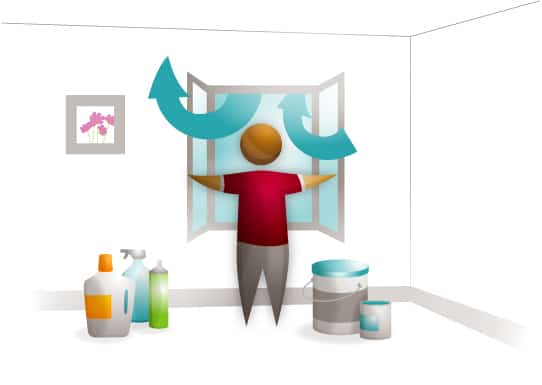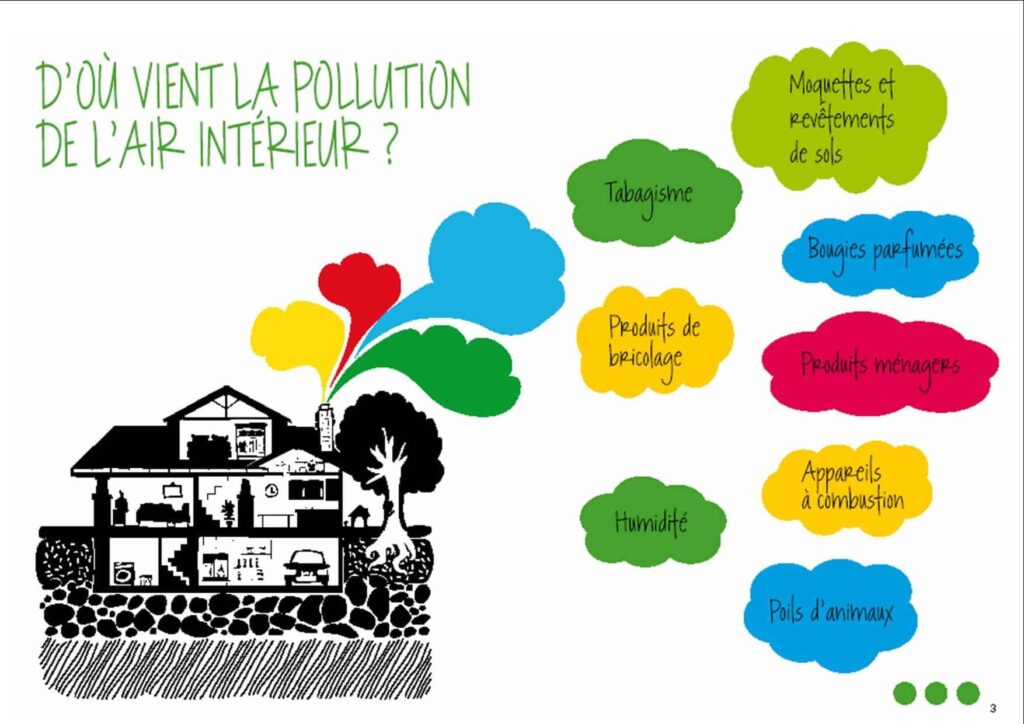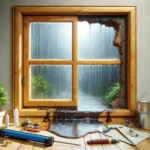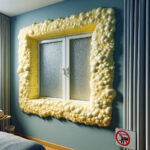Can you caulk too much in your home and be dangerous to your health? The question is legitimate, the answer is nuanced. The sources of air pollution in the house are numerous for some inevitable, for others unconscious.
We will be careful not to confuse the interior caulking, sealing of air leaks and insulation of the buildings, all of which contribute to optimizing the comfort of heating the house. The need to combine effective insulation with essential ventilation will also be ensured.
Indoor air pollution of the house
In a home, the air contains many pollutants whose concentration threatens the health or comfort of the inhabitants as it increases, among these- Radon
- Environmental tobacco smoke

- Carbon monoxide Nitrogen dioxide
- Organic gas
- Breathable particles
- Formaldehyde
- Allergens
- Pesticides
- Asbestos
- Lead
Is too much caulking dangerous to your health?
It is not easy to tell whether or not excessive sealing or caulking work involves an increase in the level of air pollution in the home. The answers to this question vary and suggest that doubt is permissible for both a positive and a negative answer. Elite North Shore Cauldration, thinks it is extremely difficult to caulk, seal, insulate a house to the point that airborne pollutants pose health problems, especially if this house has an efficient ventilation system. If you are planning to do major indoor sealing and caulking work, make sure your home is equipped with a proper ventilation system.
The case of devices that burn fuels
This is the case closest to reality and … of the dramatic news it engenders. In particular, good combustion requires heaters to remove waste through chimney ducts. The law now requires direct individual outdoor air supply and strictly standard exhaust pipes for fuel-burning appliances. It is then certain that any company aimed at reducing this circulatory intake becomes a risk-taking, a gesture of unconsciousness that will reduce the efficiency of heaters and increase the rate of harmful releases into the ambient air… resulting in the possible asphyxiation of the occupants. Apart from this case still possible because of the use of old wood stoves, oil or gas stoves combined with the carelessness not to say proven unconsciousness of the owners, the risk of poisoning by ambient air pollutants can be considered unlikely. To go further, see this comprehensive article on the subject of ambient air pollution in the home.The risks of a house that would not “breathe”
Indoor air pollution from carpet glues, clumped wood, tobacco, harmful DIY products, radon, carbon monoxide, animal hair, moisture, etc., can have health effects, especially on respiratory diseases such as asthma.
What to do:
If the control and removal of pollutants at the source remains the most effective way to avoid indoor air pollution, care will be taken to combine good insulation/calfing/sealing of air leaks with a high-performance ventilation system (natural or mechanical).
Both are as essential as they are complementary for a good quality of life.
[message type=”info”]Elite caulking, the reference in caulking on Laval Montreal and Greater Montreal, Information , Quote without commitment and commercial submissions .
Call 514 910 ELIT (3548) Elite Caulking, your North Shore caulking company or use our contact form[/message]



